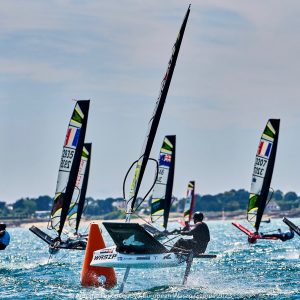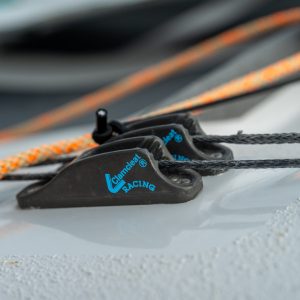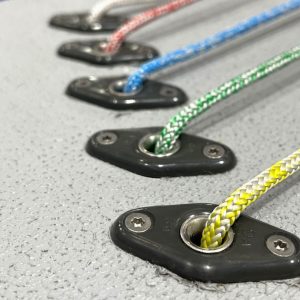“Pain is never really straightforward, even when it appears to be.” – Lorimer Moseley
Pain is part of the human experience. It’s an issue that can throw a wrench in your clients’ training. Before discussing how best to approach athletes with pain at OPEX Fitness and within the Sailing Performance Training community, we need to differentiate pain from injuries.
An injury is something that disables function of the body, while pain is an experience. For example, a broken leg would be an injury. The individual can no longer walk on that foot, therefore disabling the function of the leg.
Pain, meanwhile, is an “experience” created by the brain. That’s to say, all pain felt is produced by the brain to encourage protective behavior. However, not all pain comes from injury. It is possible to experience pain without actually having any tissue damage.
“Pain is an opinion on the organism’s state of health rather than a mere reflective response to an injury.” – Ramachandran
You don’t need to be an expert on pain, but it’s important your coach helps you begin to develop an awareness of just how complex the topic is. A good place to start is respecting the boundaries of your knowledge and the ethical limitations of your practice.
If clients are experiencing pain, always refer them to a medical professional first.
If the athlete still experiences pain despite being told by professionals there is nothing physically wrong, then and only then can you make some inquiries into the following areas:
- Lifestyle – How are they sleeping? Are they sleeping? Are they stressed out all day? The chaotic pace of modern life can sensitize the nervous system, which can cause the sensation of pain where no actual damage exists.
- Nutrition – Are they eating enough? Are they eating poor quality foods? What they eat can sensitize the nervous system which can increase their perception of pain.
- Program – Sometimes your previous or current programming could be at fault, and causing problems because your nervous system is overtaxed. This is often the case with sailing athletes who regularly engage in group fitness models.
- Mental – Does the athlete workout with negative thoughts and emotions? Are they happy to be in the gym? Don’t discredit the emotional side of the equation.
Pain is a complicated and messy subject. However, sometimes a bit of life coaching, nutrition monitoring, and individual program design can make the difference in reducing the pain an athlete experiences.
Everyone has a different perception of pain, which stresses the importance of an individual approach to coaching.
Feature Image PC: Land Rover BAR
Original Blog from OPEX Fitness




